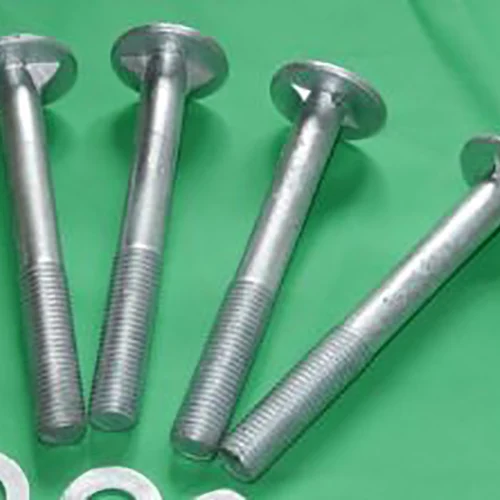Timber Bolt Anticorrosion Treatment Method
2025-06-16
Timber Bolt Anticorrosion Treatment Methods are essential for ensuring long-term durability, especially in outdoor or structural applications. The most common and effective anticorrosion treatments include:
1. Hot-Dip Galvanizing (HDG)
Process: Bolts are dipped in molten zinc.
Benefit: Provides a thick, durable coating with sacrificial protection (zinc corrodes before steel).
Use Case: Ideal for harsh outdoor or marine environments.
2. Electroplating (Zinc Plating)
Process: Electrolytic application of a thin zinc layer.
Benefit: Smoother finish; more aesthetic, but less durable than HDG.
Use Case: Suitable for indoor or low-exposure environments.

3. Mechanical Galvanizing
Process: Zinc powder is mechanically bonded to the bolt.
Benefit: Uniform thickness, good thread fit, less risk of hydrogen embrittlement.
Use Case: Structural applications where precise fit is needed.
4. Epoxy or Polymer Coating
Process: Application of organic coatings like epoxy or nylon.
Benefit: Chemically resistant; customizable color.
Use Case: Corrosive chemical environments or aesthetic finishes.
5. Sherardizing
Process: Zinc diffused into the surface at high temperatures in a closed drum.
Benefit: Strong adhesion; corrosion resistance similar to HDG.
Use Case: Small bolts or fasteners with fine threads.
6. Stainless Steel Option
Alternative: Use of stainless steel timber bolts (e.g., 304 or 316 grade).
Benefit: Excellent corrosion resistance without additional coatings.
Drawback: Higher cost.
As a professional manufacturer and supplier, we provide high-quality products. If you are interested in our products or have any questions, please feel free to contact us.